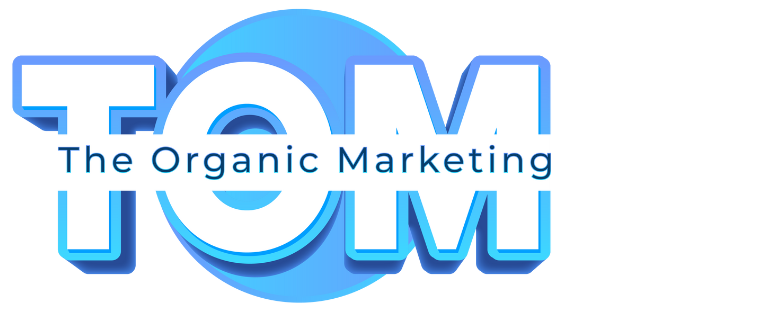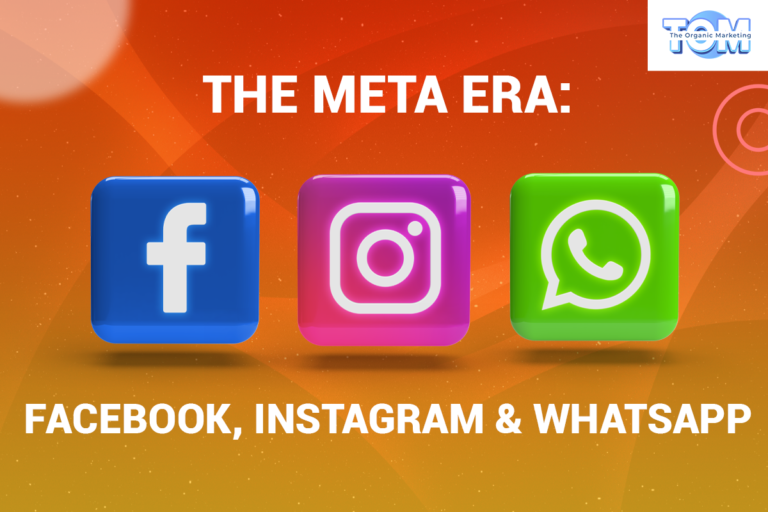Logo & Graphic Design: Everything You Need To Know
Today’s visual culture relies heavily on logos and graphic design to convey ideas, arouse feelings, and hold audiences’ attention. Understanding the fundamentals of logo and graphic design is essential for anyone interested in the creative world or trying to improve their personal brand. This thorough book explores all dimensions of these artistic endeavours, illuminating their importance, elements, concepts, types, and the craft of creating visually captivating content.
What is a Logo?
A logo is a compact but brilliant depiction of an organisation that frequently captures its essence, values, and identity in a single visual mark. Beyond its aesthetic appeal, a logo has the power to stay in the viewer’s memory for a long time, creating a connection and recognition that will endure.
What is Graphic Designing?
The creative process of producing pictures that convey a message or idea is known as graphic design. It extends to a wide range of applications, such as commercials, site designs, illustrations, packaging, and more. It also spans a vast spectrum of media, from digital graphics to print materials. The craft of graphic design is the art of telling a story with words, pictures, colour, and layout.
Importance of Logo and Graphic Designing
- Brand Identity: A brand’s personality, beliefs, and promise are represented in its logo, which forms the basis of its identity. All brand touchpoints are represented visually consistently thanks to graphic design, which promotes brand identification and adherence.
- Communication: Graphic design effectively and clearly conveys complex thoughts and ideas. Graphic design is the common language that helps people communicate, whether it’s when creating user interfaces, infographics, or other visual representations of ideas.
- Aesthetic Appeal: The aesthetic value is increased by a well-designed logo and graphics, which attracts attention and leaves a lasting impression. The audience is engaged by thoughtful design, which elicits feelings and leaves an impression.
Elements of Graphic Design
The components that constitute graphic design include:
- Typography: The art of arranging typefaces to convey a message, evoke emotions, and enhance readability.
- Colour: Colour theory involves the strategic use of hues, shades, and tones to evoke specific feelings and create visual harmony.
- Imagery: Images, illustrations, and photographs that visually communicate concepts and enhance storytelling.
- Layout and Composition: The arrangement of elements on a visual canvas, ensuring a balanced and visually appealing design.
Principles of Graphic Design
- Contrast: The contrasting characteristics of various elements establish a visual framework and interest.
- Alignment: Ensuring that elements are properly positioned to create a sense of unity and cohesion.
- Repetition: The consistent use of visual elements to establish a sense of continuity and reinforce brand identity.
- Proximity: Grouping related elements together to establish relationships and guide the viewer’s eye.
Types of Graphic Design
- Visual Identity: Creating brand logos, business cards, and stationery to establish a consistent brand image.
- Web Design: Designing websites that are visually appealing, user-friendly, and responsive.
- Print Design: Crafting designs for printed materials such as brochures, posters, magazines, and packaging.
- User Interface (UI) Design: Designing interfaces for digital platforms, ensuring a seamless and intuitive user experience.
- Illustration: Creating custom illustrations that visually represent ideas, concepts, and narratives.
- Motion Graphics: Designing animations and videos to convey information and captivate audiences.
Best Tools for Graphic Designing
- Adobe Creative Cloud Suite: Professional designers have access to industry-standard graphic design tools like Photoshop, Illustrator, and InDesign with Adobe Creative Cloud, which delivers robust features, cutting-edge capabilities, and seamless integration.
- Canva: Canva is a user-friendly platform for creating social media graphics and presentations, offering diverse templates, graphics, and design elements for both beginners and experienced designers.
- Sketch: Sketch is a vector graphics editor designed specifically for UI/UX design. It’s a popular choice among designers for creating user interfaces, website layouts, and app designs.
- Figma: Figma is a collaborative interface design tool that allows multiple designers to work together in real-time on the same project. It’s especially useful for remote teams and offers features for designing interfaces and prototypes.
- Procreate: Procreate is a powerful digital painting app designed for use on iPads. It’s favored by illustrators and artists for its realistic brush effects and intuitive interface.
- CorelDRAW: CorelDRAW is a versatile graphic design software with vector illustration, layout, and photo editing capabilities, ideal for designers in the print industry.
- Affinity Designer: Affinity Designer is a vector graphic design software known for its affordability and feature-rich capabilities. It’s a strong contender for those looking for a powerful alternative to Adobe Illustrator.
- Inkscape: Inkscape is a budget-friendly vector graphics editor for creating logos and illustrations.
- Pixlr: Pixlr is a free online photo editing tool with basic to advanced features for quick adjustments.
- GIMP: GIMP (GNU Image Manipulation Program) is a free, open-source raster graphics editor capable of image editing and manipulation, lacking Adobe Photoshop’s features.
- Adobe XD: Adobe XD is a user experience and user interface design software that facilitates the creation of interactive prototypes and wireframes for websites and applications.
- Typography Resources: Access to high-quality fonts is crucial for graphic design. Consider subscribing to font libraries like Adobe Fonts or using platforms like Google Fonts to enhance your typographic choices.
Visual communication is given life by creative forces like logo and graphic design. Remember that each line, colour, and pixel creates a visual tale that adds beauty, significance, and connection to the world as you move through this dynamic space.
To get your hands on the most iconic logos and graphic designs, contact The Organic Marketing now!





